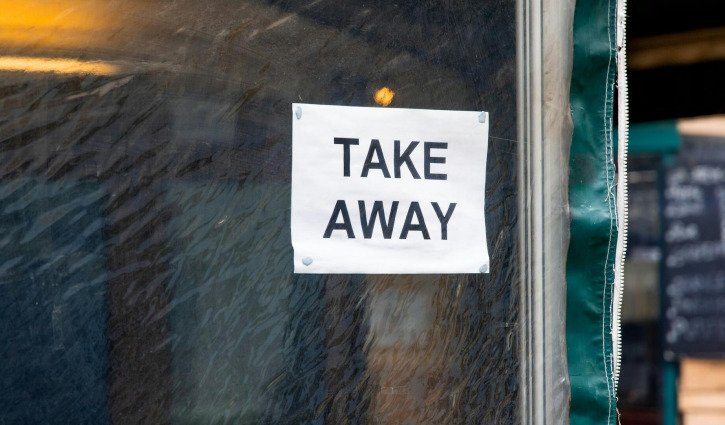With share markets looking decidedly volatile since United States President Donald Trump started messing around with trade tariffs, Australians may wish to get reacquainted with alternative asset classes.
With that in mind, Azzet lifted the bonnet on the dark art of property investing. Here's what we found.
Market forces
Just as you wouldn’t buy any old stock on the ASX, it’s equally crucial that would-be property investors understand how myriad factors - from environmental, demographic, and economic through to government policy – can influence the relationship between supply and demand.
One key determinant of robust property demand is good employment diversification.
Proximity to CBD waning
However, due partly to the work-from-home phenomenon and the build-up of higher destiny precincts within the middle and outer ring suburbs, the old axiom about buying only within a 10km radius of a capital city no longer holds water.
The proliferation of commercial centres and satellite cities, supported by strong infrastructure and employment opportunities, can provide equally attractive growth dynamics well beyond capital city CBDs.
That’s why it’s important to check whether planned infrastructure developments, like shops, schools, and parks, will encourage the sort of demand that will foster future price growth.
Read the small print
Failing to allow for spiralling materials costs within fixed-price contracts explains why so many builders have ended up busting Australia-wide.
However, that doesn’t mean you shouldn’t always push for contracts where the price for site works, soil tests, engineering, materials, labour and all other costs is negotiated at a fixed-price.
Similarly, steer clear of investment companies with obscure lender/solicitor/valuer combinations that try to disguise embedded costs and fees you don’t understand.
Vacancy rates
Try to invest in areas where average vacancy rates are less than 3% to maximise rental increase potential.
Also take note of the types of dwellings buyers are looking for in the area, plus the ratio of owner-occupiers to renters.
Savvy investors will always look for less desirable places undergoing significant cultural transitions.
Replacement of old houses with newer and better lifestyle amenities also creates desirable places to live.
Yield/growth trade-off
Justin Davies, principal of Space Real Estate suggests striking the right mix between yield and capital growth.
That means double-digit capital growth within seven to 10 years – within a normal property cycle - and a gross yield of between 4 and 7%.
“Don’t become too focused on yield. It's capital growth that makes you wealthy, and this comes down to demand,” Davies told Azzet.
Cash flow
Remember, you won’t succeed at property, warns Davis, unless you understand both cash flow, and your before and after tax position.
He reminds investors that positively geared properties rarely offer the same capital growth opportunities as negatively geared properties.
“If the house you bought at $400,000 house has doubled in value in 10 years, and costs you $10,000 annually to maintain from your own cash flow, that’s an annual profit of $30,000,” Davies says.
“But remember, this is a long-term scenario.”
You’re running an SME
If you do invest in property, Davies recommends treating it like a small business venture. He says the more clearly defined your property investment objectives are the more successful you’re likely to be.
Know your market
Given the amount of information available on websites such as domain.com.au, openagent.com.au, realestate.com.au, allhome.com.au and mortgagechoice.com.au, Davies says there’s no excuse for being ill-informed about comparative properties, rental returns, recent sales, and relative performance between suburbs.
Family first
Because of the significantly greater capital growth potential, Davies also favours buying family homes over lifestyle properties.
“Before buying, realistically assess how large the demographic of future buyers will be when you finally sell,” he says.
“To appeal to the broadest possible market, buy a four or five-bedroom home over a three-bedroom one.”
There’s always value to be found
While it’s easy to conclude that property prices look fully priced in after the recent run up, Davies reminds investors that Australia is comprised of hundreds of property markets, each with its own unique set of dynamics.
Even within a single neighbourhood, he reminds investors that different streets within the same neighbourhood can have unique drivers which directly impact house prices.
“Remember, different cities and neighbourhoods within cities can move ahead at different speeds,” says Davies.
“While Melbourne, Sydney and Perth prices were on par back in 2006, the latter have yet to double, while east coast prices have in some cases tripled,” says Davies.



